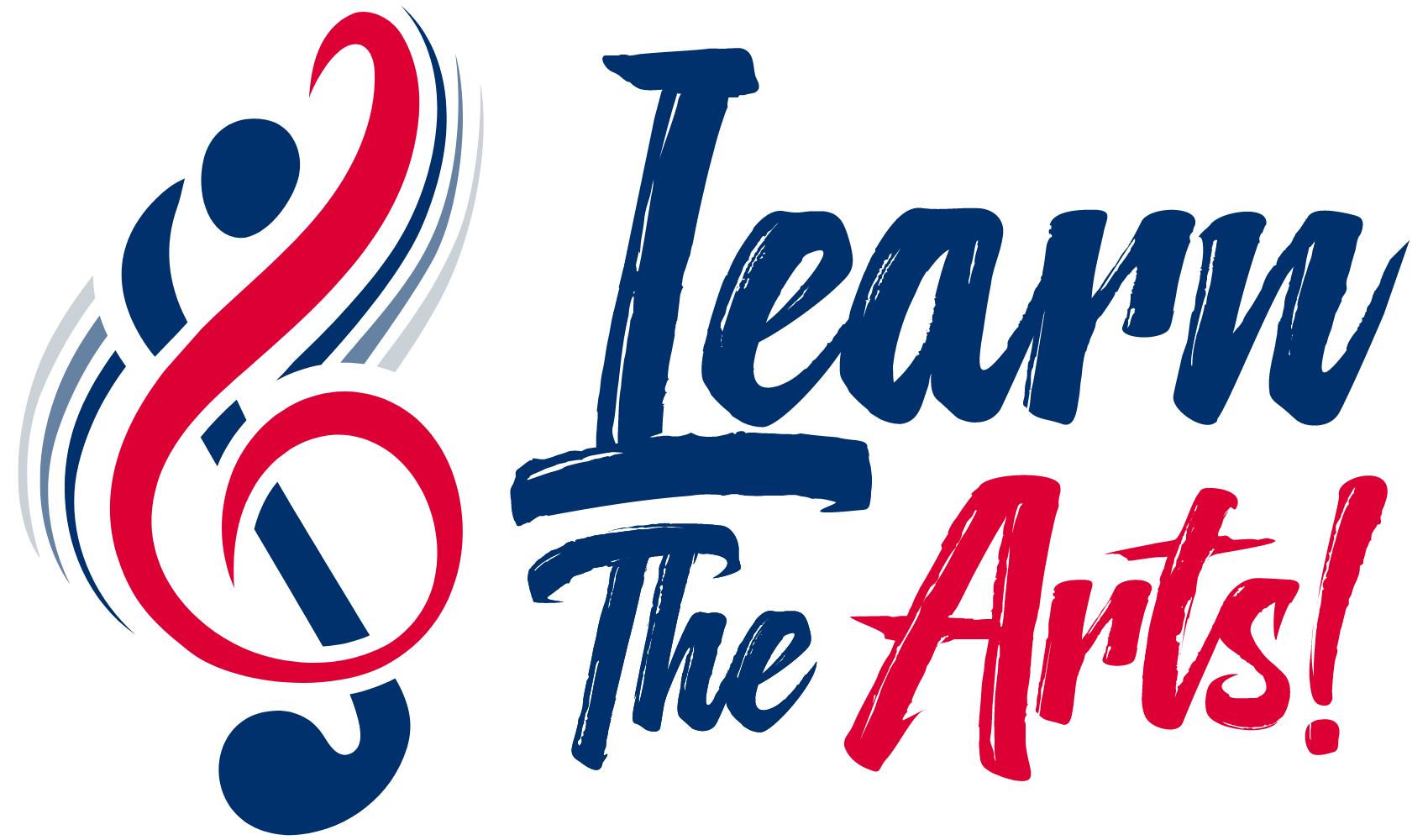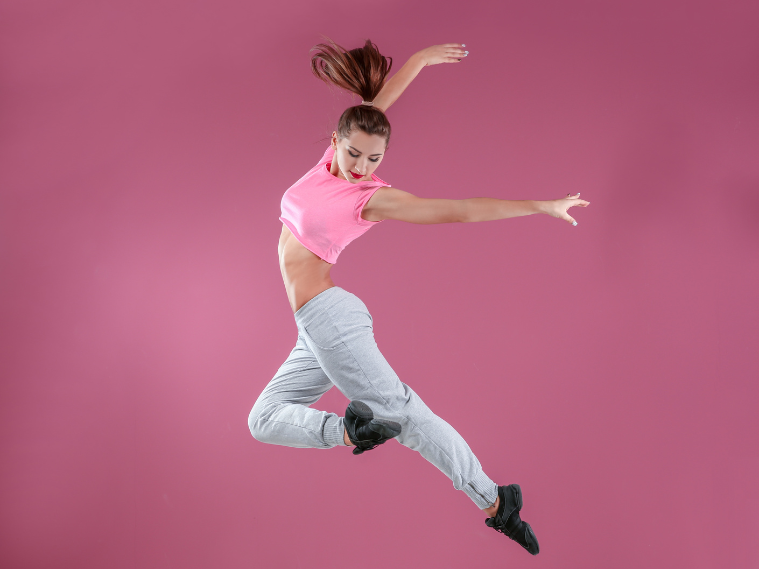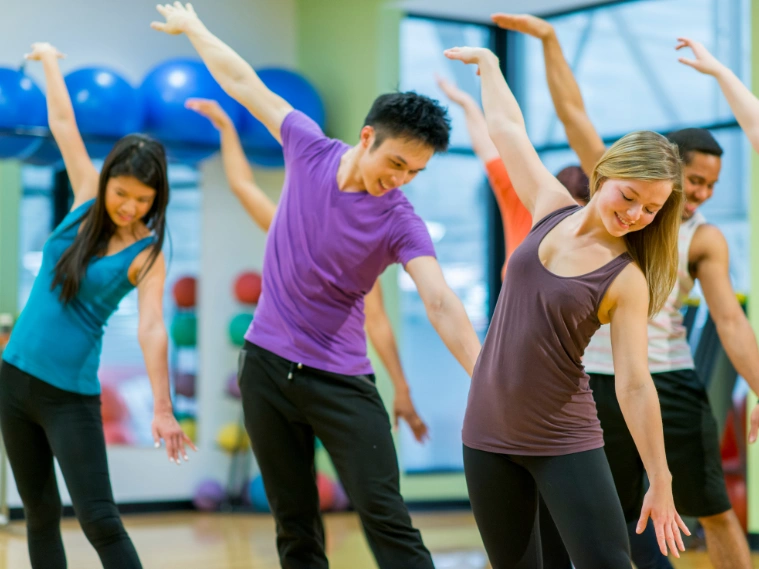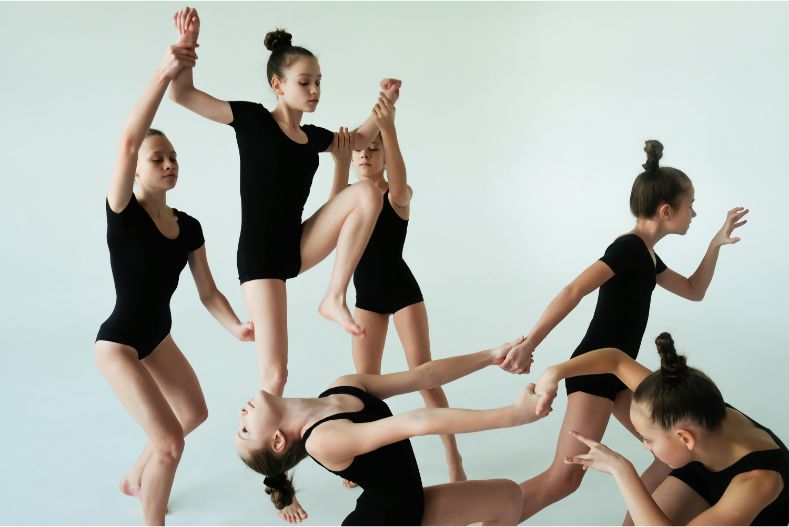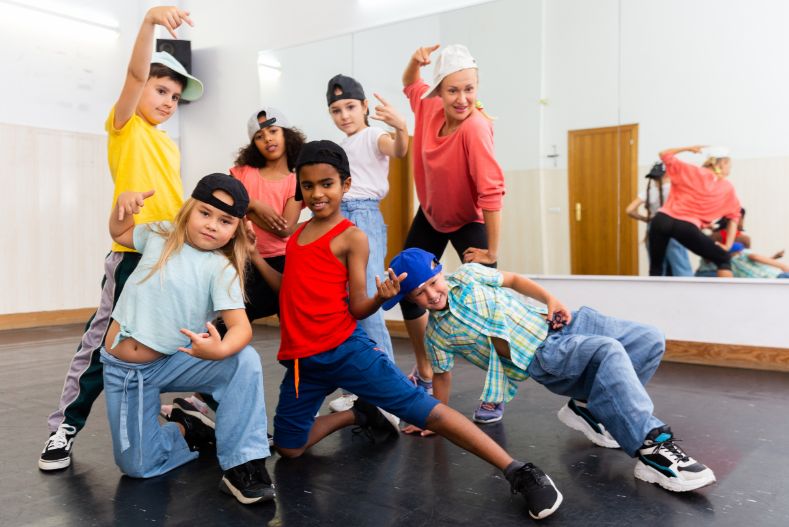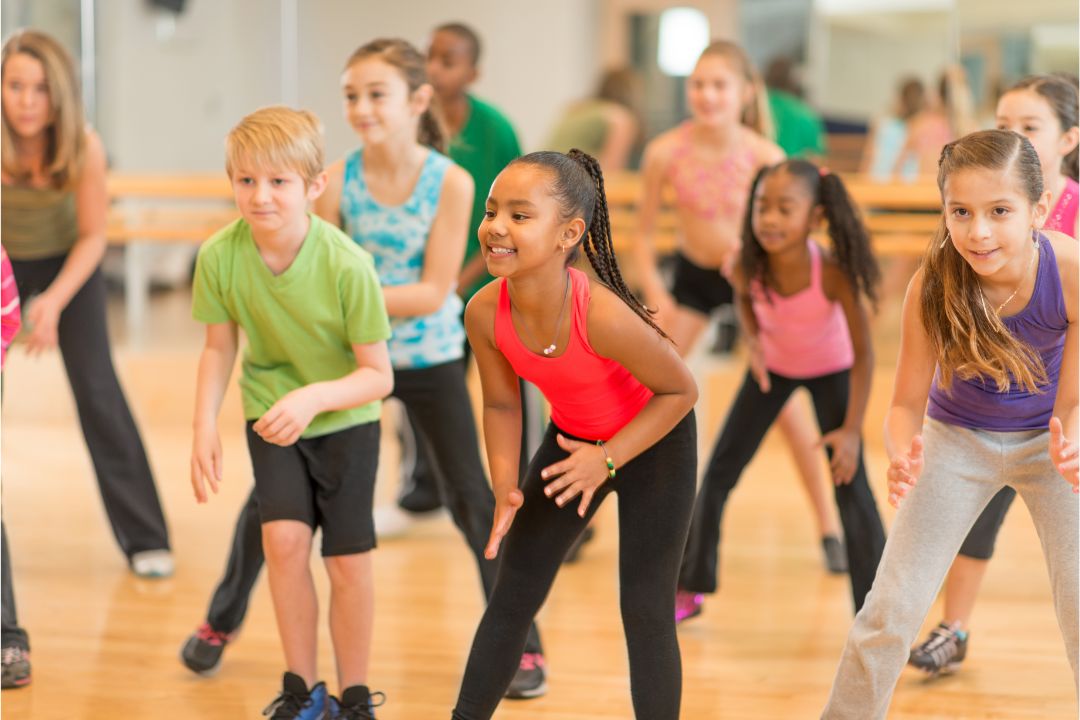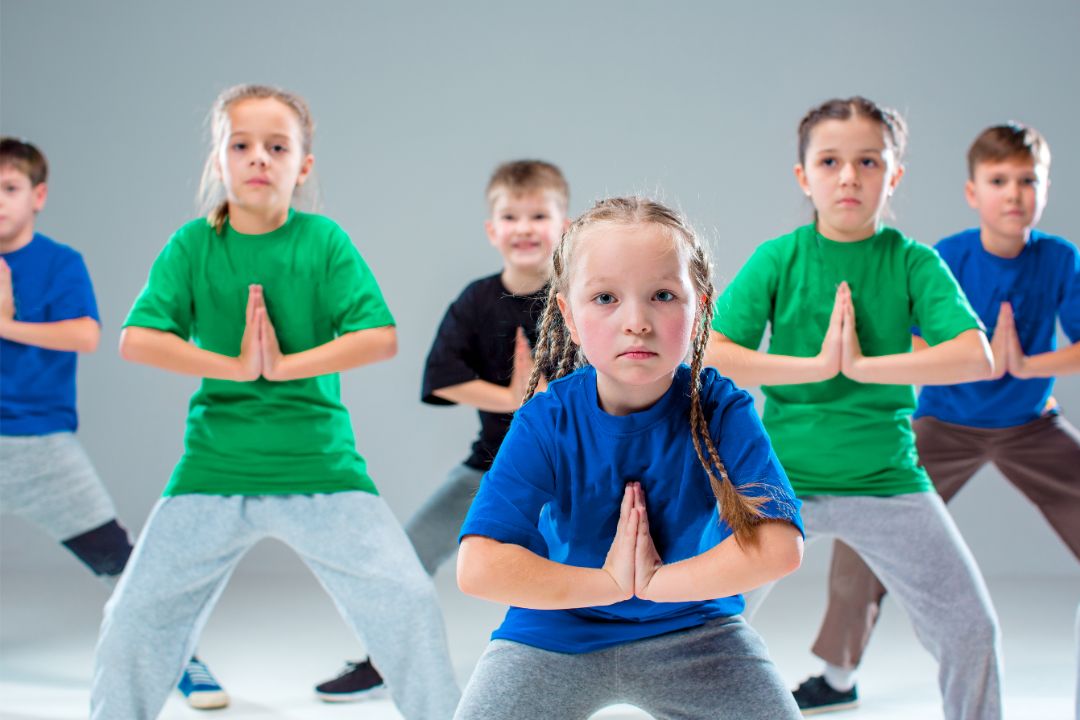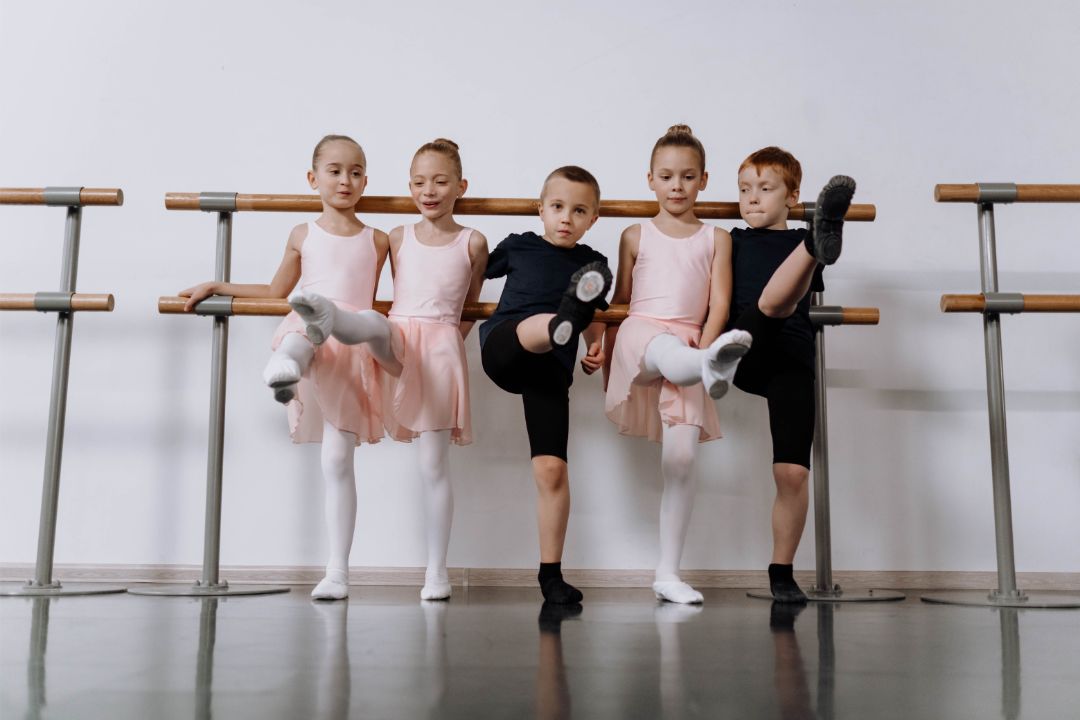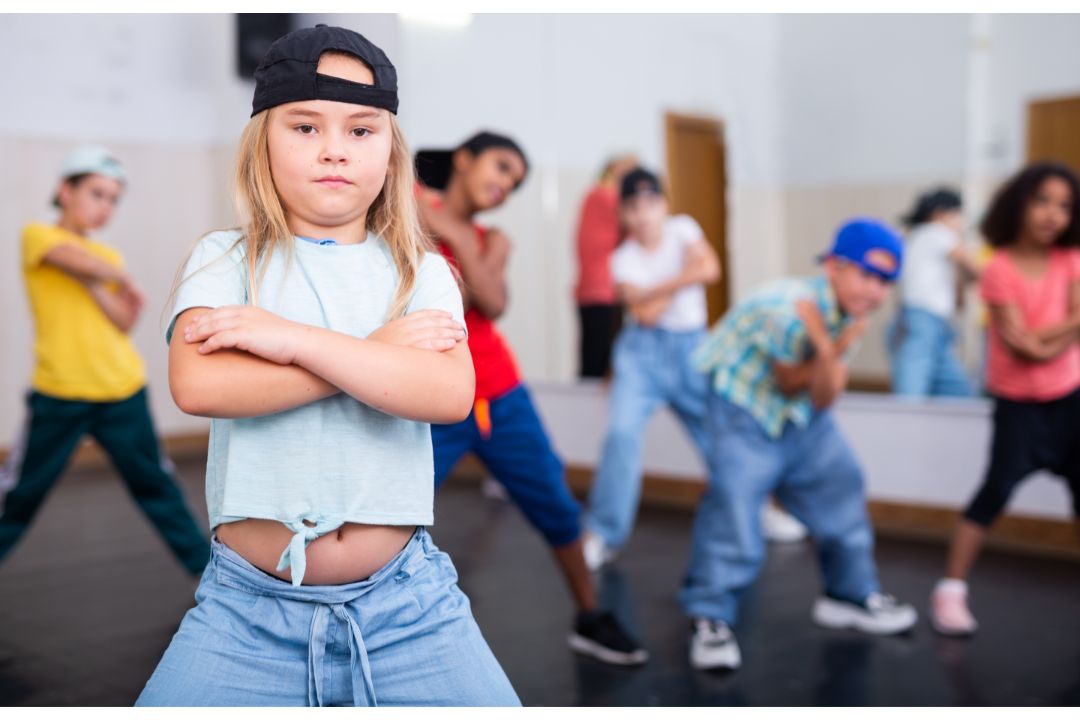What is a Fusion Dance Style?
Fusion dance style is the art of blending two or more distinct dance forms into one unique performance. Rather than following the strict rules of a single style like ballet, hip-hop, or salsa, fusion encourages dancers to mix, borrow, and reimagine movements to create something fresh. It thrives on creativity, versatility, and expression—pushing boundaries, pulling from diverse dance vocabularies, and giving performers a chance to tell stories in personal, innovative ways.
Much like cooking, fusion dance combines different “flavors” from multiple styles to form something both familiar and surprising. This approach makes it dynamic and accessible, appealing to dancers who enjoy experimenting and audiences who love variety. By merging traditions with modern techniques, fusion dance becomes more than performance—it’s an evolving art form that celebrates individuality and creativity.
The Origins of Fusion Dance
Fusion dance style isn’t tied to a single culture; instead, it has flourished through the globalization of art. As dancers from different backgrounds met in studios, competitions, and cultural exchanges, they naturally began blending their unique styles. This cross-pollination of movement created opportunities for innovation and gave birth to new forms of expression that continue to evolve today.
Throughout history, key milestones have shaped fusion dance’s growth. In the early 20th century, jazz inspired performers to mix tap, swing, and African dance. Later, choreographers like Martha Graham and Merce Cunningham fused ballet with modern dance. Street dancers added popping, locking, and breaking into other genres, while social dance communities in the 1990s and 2000s experimented with ballroom, tango, and blues. Today, fusion dance thrives everywhere—from viral TikTok challenges to professional stage performances—showcasing its versatility and global appeal.
Key Characteristics of Fusion Dance Style
Fusion dance is a vibrant and ever-evolving art form that thrives on creativity and connection. It breaks traditional boundaries by blending techniques, music, and cultural influences from around the world into one expressive movement of language. Each performance becomes a unique story—where styles merge, emotions flow, and innovation takes center stage.
1. Blending of Techniques
Fusion dance is not about simply copying different styles but about weaving them together in a way that feels natural and expressive. A dancer might carry the upright posture of ballet while incorporating the sharp isolations of hip-hop or combine the fluid spins of salsa with the powerful leaps of jazz. This integration creates performances that are fresh, dynamic, and unique to the individual. The result is a seamless blend that feels like one complete language of movement rather than fragments of separate styles.
2. Musical Versatility
One of the most exciting aspects of fusion dance is its adaptability to a wide range of music. Dancers can perform classical symphonies, upbeat EDM tracks, soulful Afrobeat rhythms, or even stripped-down acoustic pieces. Instead of being limited by a single genre, fusion opens the door to endless musical interpretations. This versatility allows dancers to connect with different audiences and showcase how movement can transcend sound categories.
3. Emphasis on Improvisation
Fusion dance often values freedom of expression, which means improvisation plays a central role. Unlike traditional styles that follow set choreography, fusion leaves room for spontaneous choices and creative exploration. Dancers can respond to the music, their partners, or the energy of the moment, making each performance feel alive and unpredictable. This emphasis on improvisation not only highlights individuality but also keeps the style constantly evolving.
4. Cultural Exchange
At its heart, fusion dance is a celebration of cultural exchange. It brings together techniques and traditions from different parts of the world, showing how art can build bridges across boundaries. By blending styles from ballet to street dance or tango to blues, fusion highlights the beauty of diversity in movement. This cultural layering creates performances that are both globally inspired and deeply personal, honoring the traditions that shape them while creating something entirely new.
Popular Types of Fusion Dance Styles
Fusion dance comes in many exciting forms, each offering a unique way to blend movement, music, and culture. These styles break away from convention, combining traditional techniques with modern influences to create something entirely new. From the bold beats of hip-hop to the elegance of ballroom, fusion dance proves that creativity knows no limits.
Hip-Hop Fusion
Hip-hop fusion combines the raw energy and rhythm of hip-hop with styles like ballet, jazz, or contemporary. This creates performances that are both powerful and graceful, showcasing sharp isolations alongside fluid movement. It’s a favorite for dancers who love blending street culture with technical artistry.
Latin Fusion
Latin fusion takes traditional dances like salsa, bachata, or tango and mixes them with modern or street styles. The result is fiery, rhythmic performances that balance elegance with bold, contemporary flair. This style brings passion and excitement to the dance floor while honoring Latin roots.
Contemporary Fusion
Contemporary fusion uses contemporary dance as a foundation, then layers in influences from world dances such as African, Asian, or folk styles. It allows for expressive storytelling while highlighting cultural diversity in movement. Dancers often use it to create emotionally powerful performances that feel both grounded and innovative.
Ballroom Fusion
Ballroom fusion puts a fresh twist on classic partner dances like waltz, foxtrot, or tango by blending them with swing, blues, or even hip-hop. This creates a balance between tradition and experimentation, giving ballroom a modern edge. It’s especially popular in social dance scenes where creativity and connection are key.
Fusion Dance vs. Traditional Dance Styles
Fusion dance and traditional dance each have their own unique appeal, but they differ greatly in approach and creativity. Fusion focuses on innovation and blending, while traditional styles emphasize structure and cultural roots. Here’s a quick comparison to help you see how fusion dance stands apart from traditional dance forms:
| Feature | Fusion Dance Style | Traditional Dance Styles |
|---|---|---|
| Definition | Blends multiple forms into one unique expression | Follows specific, established rules |
| Flexibility | Highly adaptable | Strict structure |
| Cultural Influence | Multicultural | Rooted in one culture |
| Choreography | Can be improvised or structured | Usually choreographed traditionally |
| Music | Works with many genres | Tied to one musical form |
Why Is Fusion Dance Style So Popular?
Fusion dance style has grown rapidly in recent years, captivating both dancers and audiences worldwide. Its rise is fueled by technology, creativity, accessibility, and the thrill of unexpected performances. These factors together make fusion one of the most exciting and fast-evolving dance movements today.
Global Connectivity
Social media platforms make it easier than ever for dancers to share their work and discover new styles. A single viral video can spread techniques across the globe within hours. This instant exchange of ideas has accelerated the blending of dance traditions.
Creative Freedom
Fusion allows dancers to break away from the rigid rules of traditional disciplines. They can combine movements from multiple styles to create something personal and innovative. This freedom has made fusion especially appealing to choreographers and performers seeking originality.
Accessibility
Unlike styles that require years of technical mastery before experimentation, fusion welcomes beginners. Dancers can explore movement combinations without being confined to one foundation. This openness encourages more people to try to dance and find their unique voices.
Performance Appeal
Audiences are drawn to the surprise and freshness that fusion brings to the stage. The unexpected mix of familiar styles creates excitement and curiosity. This makes fusion a crowd-pleasing art form that thrives in both live performances and online platforms.
Benefits of Learning Fusion Dance
Fusion dance is more than just mixing styles—it’s a way of expressing individuality while connecting with a larger community. By blending different traditions, dancers develop unique skills that go beyond technique, shaping their creativity, confidence, and cultural appreciation. Here are some of the key benefits you can gain from exploring fusion dance:
Enhances Creativity
Fusion dance pushes you to think beyond traditional steps and combine styles in new ways. This freedom allows dancers to develop original choreography and personal expression. Over time, it sharpens your ability to innovate both on and off the dance floor. By constantly experimenting, you’ll unlock new ways to tell stories through movement.
1. Builds Versatility
Learning movements from multiple dance traditions gives you a wider skill set. You’ll become comfortable switching between different techniques, whether it’s contemporary, hip-hop, or classical influences. This adaptability makes you a stronger and more well-rounded performer. The more styles you explore, the more dynamic and flexible your dancing becomes.
2. Improves Musicality
Fusion dance challenges you to interpret rhythms from diverse genres of music. By learning to adjust your movements to different beats and tempos, you develop a deeper connection to music. This skill enhances your ability to flow naturally with any soundtrack. It also helps you stand out as a dancer who can handle any style of performance.
3. Boosts Confidence
Performing a unique style that reflects your creativity can be empowering. The more you explore fusion dance, the more you trust your body and artistic choices. This confidence often extends beyond dance, positively influencing your everyday life. Stepping into the spotlight with something original reinforces self-assurance and resilience.
4. Expands Community
Fusion dance attracts people from various cultures and backgrounds who share a love for creativity. By participating, you connect with dancers worldwide, building friendships and collaborations. This cultural exchange fosters inclusivity and a sense of belonging in the global dance community. Being part of this network gives you constant opportunities to learn, grow, and share your art.
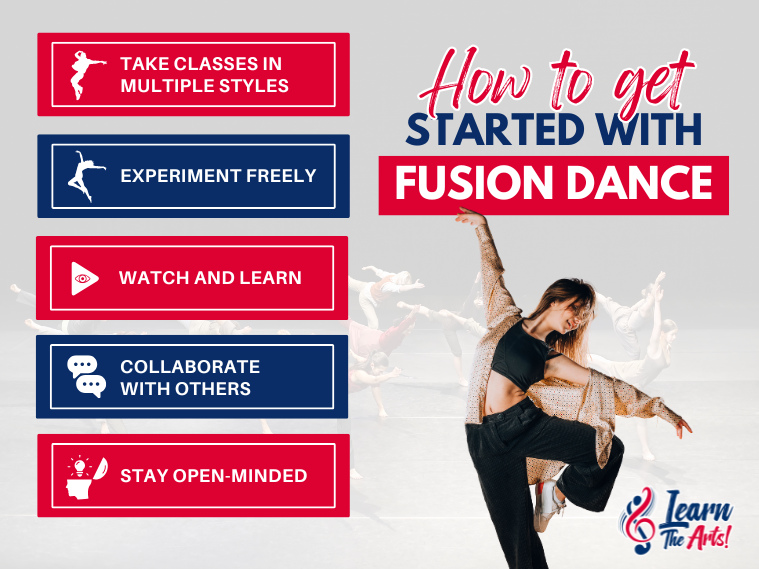
How to Get Started with Fusion Dance
Starting your journey in fusion dance doesn’t have to feel overwhelming. The beauty of this style lies in its openness—there are no rigid rules, only opportunities to create. By combining different techniques, learning from others, and keeping an experimental mindset, you’ll discover your unique voice as a dancer.
1. Take Classes in Multiple Styles
The more dance styles you study, the richer your vocabulary becomes. Exploring genres like hip-hop, jazz, ballet, or contemporary gives you techniques to mix and match. Each new style adds flavor to your fusion, helping you stand out with versatility.
2. Experiment Freely
Fusion dance thrives on improvisation and creativity. Don’t worry about making mistakes—sometimes the most unique moves come from happy accidents. The key is to keep trying new combinations until you find something that feels authentic to you.
3. Watch and Learn
One of the best ways to grow is by observing other dancers. Platforms like YouTube, Instagram, and TikTok are filled with fusion performers who share their artistry. Studying their style can spark fresh ideas while inspiring you to develop your own.
4. Collaborate with Others
Dancing with people from different cultural or stylistic backgrounds opens new possibilities. Collaborations allow you to borrow techniques, exchange ideas, and create innovative routines together. This process not only improves your skills but also deepens your sense of community. Many dance schools build confidence and creativity through collaboration, showing students how teamwork can spark innovation and growth.
5. Stay Open-Minded
Fusion dance is about exploration, not perfection. Being open to new influences ensures your dancing continues to evolve over time. With this mindset, every practice session becomes a chance to discover something exciting and original.
Where Can You See Fusion Dance in Action?
Fusion dance has found its way into some of the most exciting spaces in the performing arts. Dance competitions often highlight it in freestyle categories, where performers are free to combine techniques and showcase originality. These performances often feature moves that can make artistic fusion dance unique, offering audiences something they haven’t seen before. On stage, many contemporary choreographers use fusion to tell stories in fresh and dynamic ways, blending traditional and modern influences to captivate audiences.
Beyond the stage, fusion dance is also thriving in mainstream media and digital spaces. Music videos from global superstars like Beyoncé and Shakira frequently incorporate fusion styles, giving the art form worldwide visibility. Social media platforms such as TikTok and Instagram have further amplified their reach, with dancers posting creative mashups that inspire and influence others across the globe.
Wrapping Up
Fusion dance style is more than just a mash-up—it’s a celebration of creativity, diversity, and human expression. By blending traditions, dancers create a new language of movement that connects people across cultures.
So, if you’ve been wondering, “What is fusion dance style, and why does it matter?”, the answer is simple: it’s the future of dance.
Ready to dive in? Start by taking a local dance class, exploring tutorial online, or just moving freely to your favorite songs. And if you want to keep learning about performing arts, check out more resources at Learn the Arts.
FAQs
1. Is fusion dance the same as contemporary dance?
Not exactly. Contemporary dance usually combines elements of ballet, modern, and jazz techniques, often focusing on fluidity and storytelling. Fusion dance, on the other hand, has no set boundaries and can mix any styles—such as hip-hop with flamenco or salsa with jazz. While they share similarities in creativity, fusion is broader and more experimental.
2. Can beginners learn fusion dance?
Absolutely! In fact, many beginners enjoy fusion because it removes the pressure of sticking to a single, rigid style. The freedom to mix movements makes it easier to experiment and have fun while learning. With practice, beginners can quickly build confidence and start developing their own unique dance voice.
3. Do you need to master multiple styles first?
No, you don’t need to master multiple styles before trying fusion dance. Having some foundation in at least one style can help you feel more comfortable, but it isn’t a requirement. Fusion is all about exploration, so you can start small and gradually add new movements from different traditions. This way, you’ll grow your versatility over time.
4. Is fusion dance recognized professionally?
Yes, fusion dance has earned recognition in many professional settings. Choreographers often use it in competitions, stage productions, and television performances to bring something fresh and original. Music videos and live tours by global artists also highlight fusion styles. Its versatility and appeal make it a powerful tool for professional dancers and creators.
5. What’s the best music for fusion dance?
There are no limits when it comes to music for fusion dance. Dancers often experiment with everything from classical and jazz to hip-hop, EDM, and world music. The goal is to match movement with rhythm and emotion, regardless of genre. This flexibility allows fusion dance to connect with any audience through creativity and surprise.
